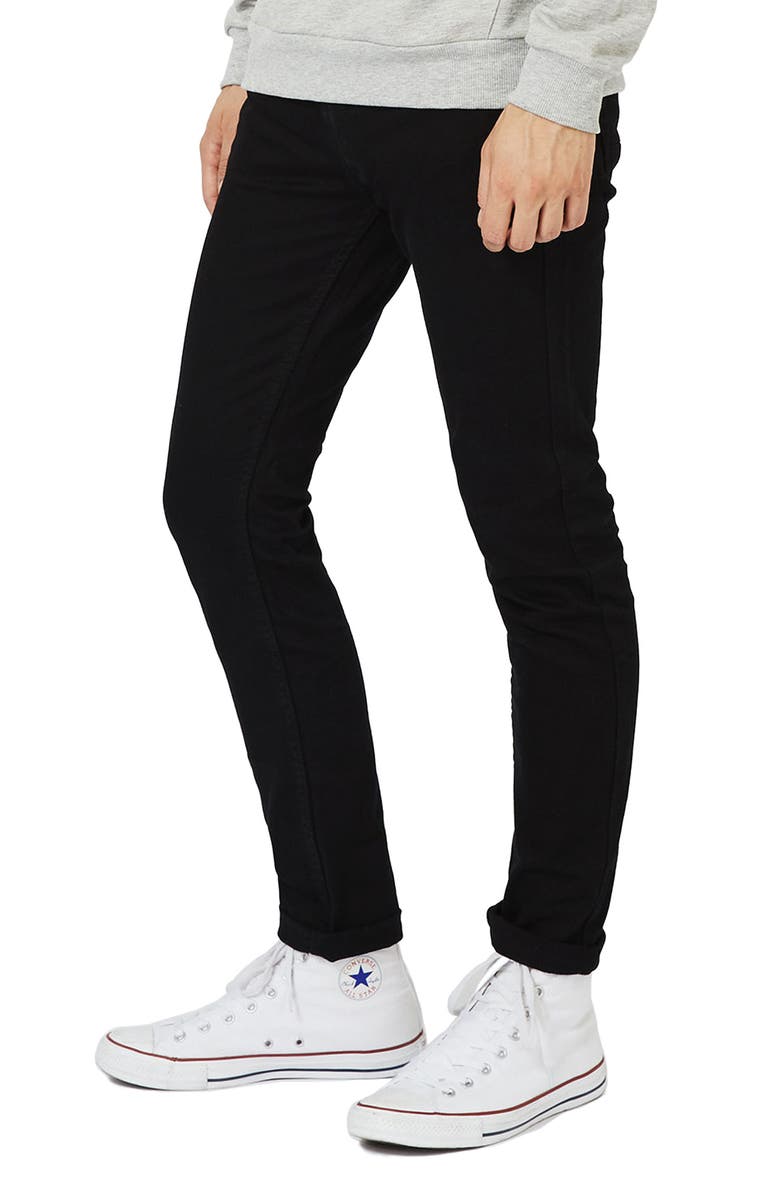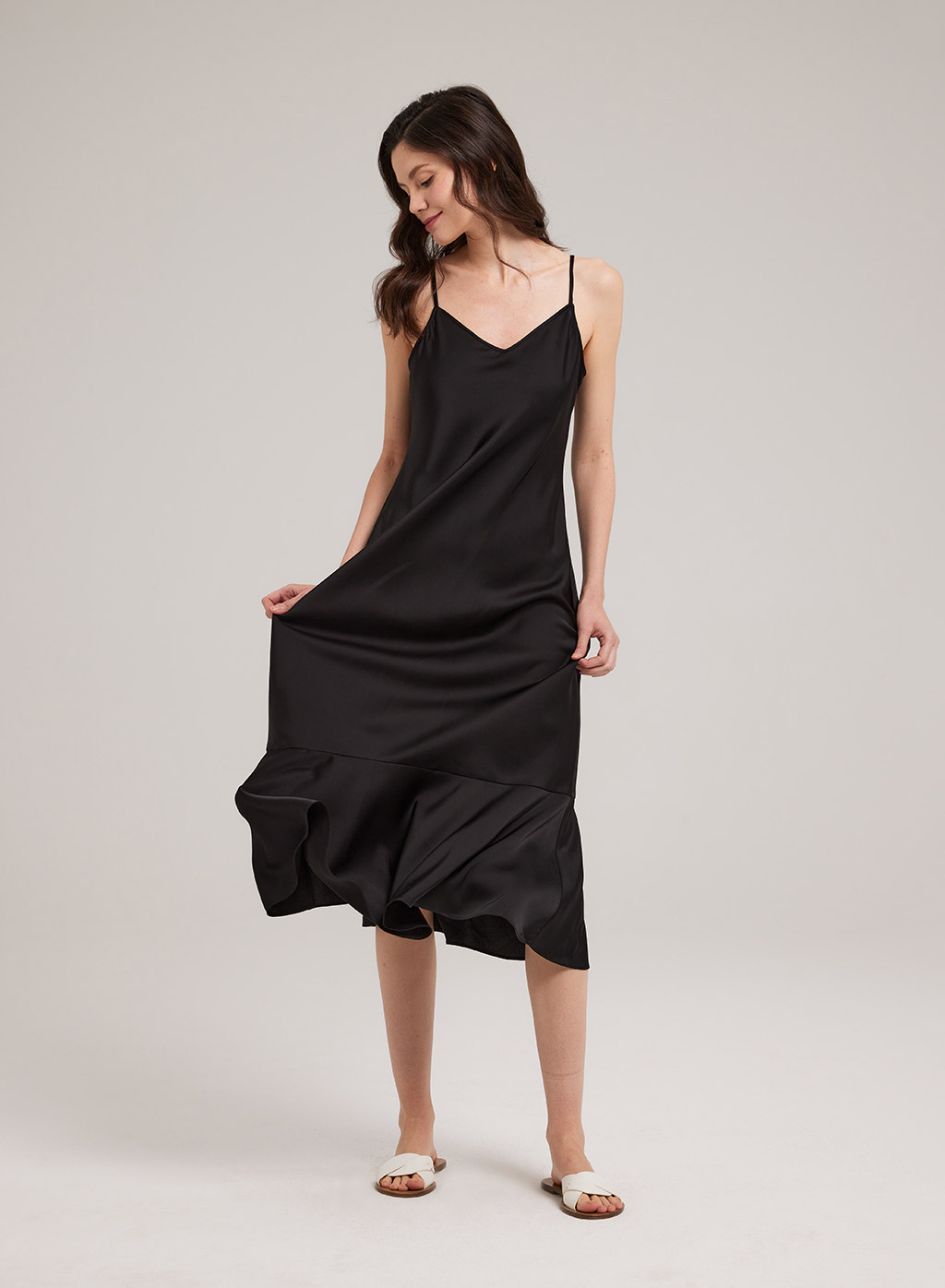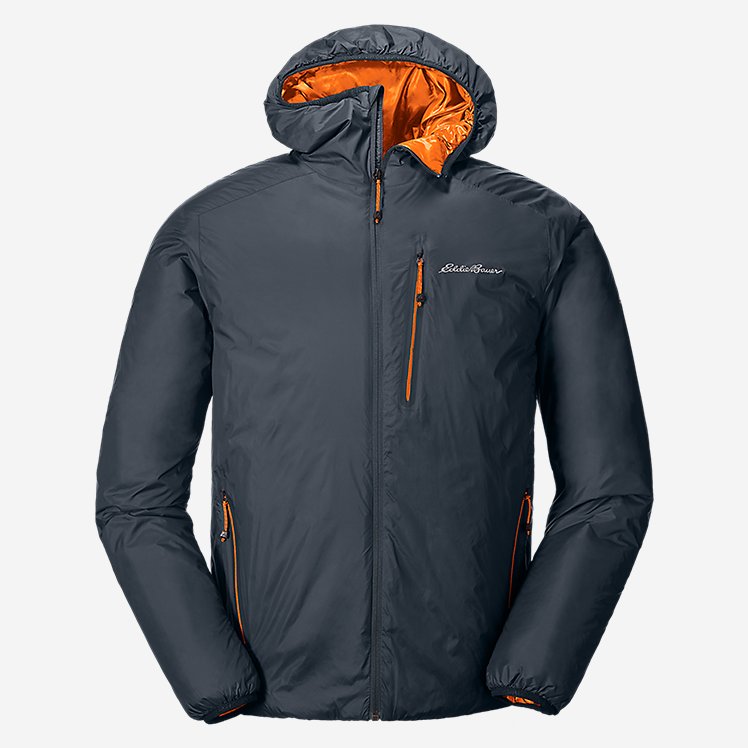Tie-Dye Cotton Unisex Short-Sleeve T-Shirt – Silkscreened Personalization Available
Vibrant color options make this a fun, on-trend, and unique style you can’t miss! 5.4-oz., 100% cotton. Choose from nearly 30 vibrant tie-dye T-shirt colors; No two patterns are exactly alike!
Description
- Vibrant color options make this a fun, on-trend, and unique style you can’t miss!
- 5.4-oz., 100% cotton
- Choose from nearly 30 vibrant tie-dye T-shirt colors; No two patterns are exactly alike!
- Dyed in the USA
- Wash separately
- Create a one-of-a-kind T-shirt with your own logo or message! Add your custom silkscreened personalization
- Individually folded and bagged with size
Product Specifications
Imprint Specifications
Additional information
| Minimum Order Quantity | 12 |
|---|---|
| Product Size | ADULT SM – 3XL |
| Imprint Size | 7" X 7", UP TO 5 LINES OR LOGO; 42 CHARACTERS PER LINE |
| Max Imprint Characters/Line | 35 |
Cotton is a soft, fluffy staple fiber that grows in a boll, or protective case, around the seeds of the cotton plants of the genus Gossypium in the mallow family Malvaceae. The fiber is almost pure cellulose, and can contain minor percentages of waxes, fats, pectins, and water. Under natural conditions, the cotton bolls will increase the dispersal of the seeds.
The plant is a shrub native to tropical and subtropical regions around the world, including the Americas, Africa, Egypt and India. The greatest diversity of wild cotton species is found in Mexico, followed by Australia and Africa. Cotton was independently domesticated in the Old and New Worlds.
The fiber is most often spun into yarn or thread and used to make a soft, breathable, and durable textile. The use of cotton for fabric is known to date to prehistoric times; fragments of cotton fabric dated to the fifth millennium BC have been found in the Indus Valley civilization, as well as fabric remnants dated back to 4200 BC in Peru. Although cultivated since antiquity, it was the invention of the cotton gin that lowered the cost of production that led to its widespread use, and it is the most widely used natural fiber cloth in clothing today.
Current estimates for world production are about 25 million tonnes or 110 million bales annually, accounting for 2.5% of the world's arable land. India is the world's largest producer of cotton. The United States has been the largest exporter for many years.
A dye is a colored substance that chemically bonds to the substrate to which it is being applied. This distinguishes dyes from pigments which do not chemically bind to the material they color. Dye is generally applied in an aqueous solution and may require a mordant to improve the fastness of the dye on the fiber.
The majority of natural dyes are derived from non-animal sources such as roots, berries, bark, leaves, wood, fungi and lichens. However, due to large-scale demand and technological improvements, most dyes used in the modern world are synthetically produced from substances such as petrochemicals. Some are extracted from insects and/or minerals.
Synthetic dyes are produced from various chemicals. The great majority of dyes are obtained in this way because of their superior cost, optical properties (color), and resilience (fastness, mordancy). Both dyes and pigments are colored, because they absorb only some wavelengths of visible light. Dyes are usually soluble in some solvent, whereas pigments are insoluble. Some dyes can be rendered insoluble with the addition of salt to produce a lake pigment.
Personalization (broadly known as customization) consists of tailoring a service or product to accommodate specific individuals. It is sometimes tied to groups or segments of individuals. Personalization involves collecting data on individuals, including web browsing history, web cookies, and location. Various organizations use personalization (along with the opposite mechanism of popularization) to improve customer satisfaction, digital sales conversion, marketing results, branding, and improved website metrics as well as for advertising. Personalization acts as a key element in social media and recommender systems. Personalization influences every sector of society — be it work, leisure, or citizenship.
A shirt is a cloth garment for the upper body (from the neck to the waist).
Originally an undergarment worn exclusively by men, it has become, in American English, a catch-all term for a broad variety of upper-body garments and undergarments. In British English, a shirt is more specifically a garment with a collar, sleeves with cuffs, and a full vertical opening with buttons or snaps (North Americans would call that a "dress shirt", a specific type of collared shirt). A shirt can also be worn with a necktie under the shirt collar.
A sleeve (Old English: slīef, a word allied to slip, cf. Dutch sloof) is the part of a garment that covers the arm, or through which the arm passes or slips.
The sleeve is a characteristic of fashion seen in almost every country and time period, across a myriad of styles of dress. Styles vary from close-fitting to the arm, to relatively unfitted and wide sleeves, some with extremely wide cuffs. Long, hanging sleeves have been used variously as a type of pocket, from which the phrase "to have up one's sleeve" (to have something concealed ready to produce) comes. There are many other proverbial and metaphorical expressions associated with the sleeve, such as "to wear one's heart upon one's sleeve", and "to laugh in one's sleeve".
Early Western medieval sleeves were cut straight, and underarm triangle-shaped gussets were used to provide ease of movement. In the 14th century, the rounded sleeve cap was invented, allowing a more fitted sleeve to be inserted, with ease around the sleeve head and a wider cut at the back allowing for wider movement. Throughout the 19th century and particularly during the Victorian era in Western culture, the sleeves on women's dress at times became extremely wide, rounded or otherwise gathered and 'puffy', necessitating the need for sleeve supports worn inside a garment to support the shape of the sleeve. Various early styles of Western sleeve are still found in types of academic dress.
Sleeve length varies in modern times from barely over the shoulder (cap sleeve) to floor-length (as seen in the Japanese furisode). Most contemporary shirt sleeves end somewhere between the mid-upper arm and the wrist.
T, or t, is the twentieth letter of the Latin alphabet, used in the modern English alphabet, the alphabets of other western European languages and others worldwide. Its name in English is tee (pronounced ), plural tees.
It is derived from the Semitic Taw 𐤕 of the Phoenician and Paleo-Hebrew script (Aramaic and Hebrew Taw ת/𐡕/, Syriac Taw ܬ, and Arabic ت Tāʼ) via the Greek letter τ (tau). In English, it is most commonly used to represent the voiceless alveolar plosive, a sound it also denotes in the International Phonetic Alphabet. It is the most commonly used consonant and the second-most commonly used letter in English-language texts.
Tie has two principal meanings:
- Tie (draw), a finish to a competition with identical results, particularly sports
- Necktie, a long piece of cloth worn around the neck or shoulders
Tie or TIE may also refer to:
Unisex is an adjective indicating something is not sex-specific, i.e. is suitable for any type of sex. The term can also mean gender-blindness or gender neutrality.
The term 'unisex' was coined as a neologism in the 1960s and was used fairly informally. The combining prefix uni- is from Latin unus, meaning one or single. However, 'unisex' seems to have been influenced by words such as united and universal, in which uni- takes the related sense shared. Unisex then means shared by sexes.








)

by Paula
I knew these tees would be a hit when I was looking for anniversary gifts for my team and my daughter said that this was a “trendy option”! The team loves them and several have asked me for them ahead of their anniversaries – they’re so excited for their tie dye.
by Casey
AMAZING pattern and color this was such a hit! Everyone went nuts over these shirts!! So fun and the tie dye is such an eye catching billboard people were lining up at HR to get them for welcome back to work!